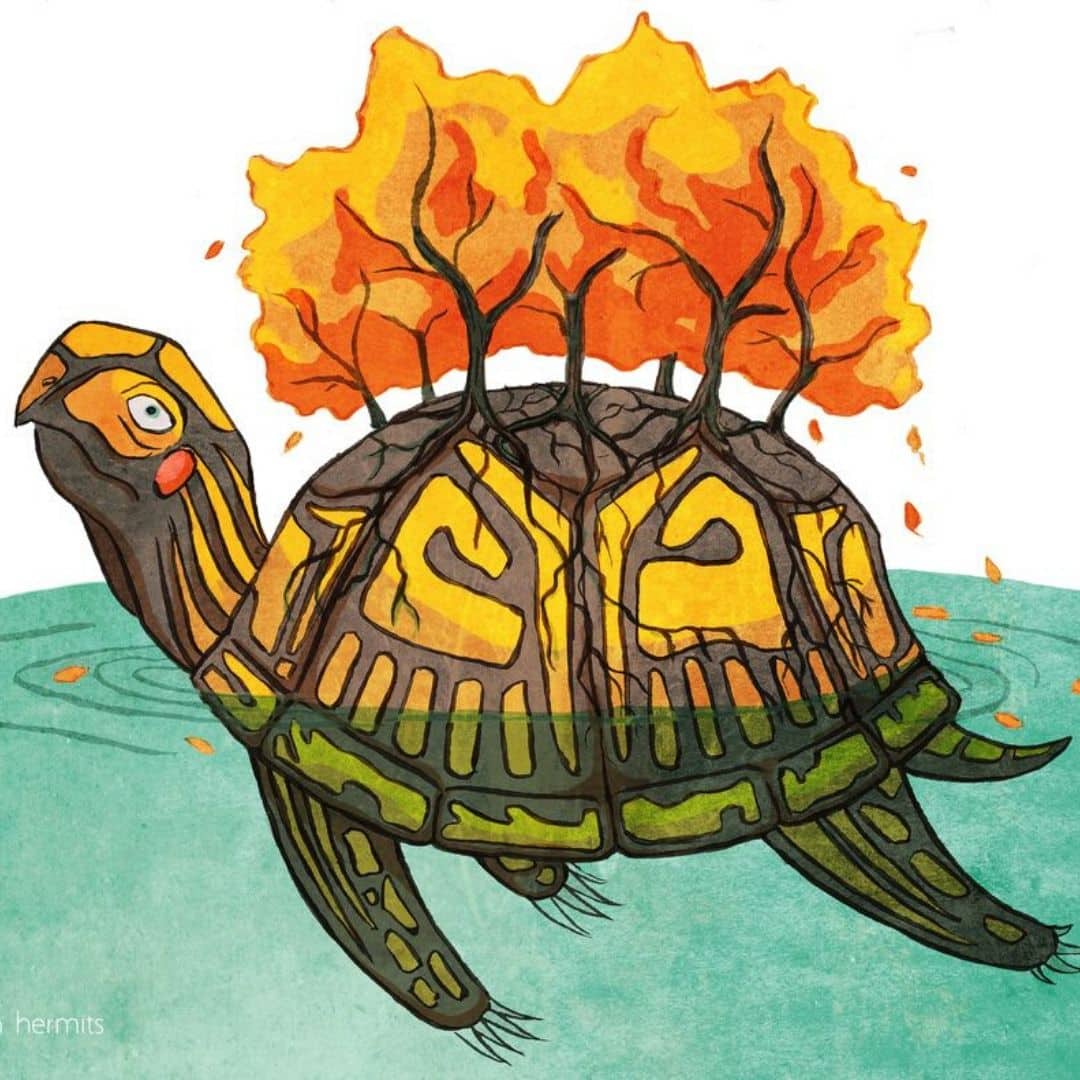Causes of Homelessness
At Eva’s, as with other homeless shelters across the GTA, Indigenous people are over-represented. Let’s take a look at some of the systems that create homelessness in the lives of indigenous youth. Understanding the pathways into homelessness is necessary to create pathways out.
This situation stems from a variety of reasons that go all the way back to when settlers landed on these shores, which is still impacting Indigenous people negatively today. From the historical depossession of Aboriginal lands, to colonial- and neo-colonial practices of cultural oppression and erosion, to systemic racism and governmental policies. Each of these factors has contributed to the fact that 34% of the shelter population is Indigenous while they account for 4.3% of the Canadian population.
Learn more by reading Without a Home
Residential Schools
The effects of colonialism on Canada’s Indigenous population cannot be understated. In Canada, the impacts of residential schools have been devastating and are ongoing.
It was an extensive school system set up by the Canadian government and administered by churches. Two primary objectives of the residential school system were to remove and isolate children from the influence of their homes, families, traditions and cultures, and to assimilate them into the dominant culture. This went on until as recently as 1996.
Racism
Racism and discrimination toward Indigenous peoples are deeply entrenched in Canadian society. This produces both systemic and societal barriers to finding housing. These barriers can manifest in many ways. Indigenous peoples are subject to discrimination by:
-Landlords
-Subletting tenants
-Property managers
-Real-estate agents
-Community housing workers
-Government workers
-Mortgage agency personnel
Learn more about the many ways racism impacts the well-being of Indigenous people
Poverty
When it comes to homelessness, lack of financial security plays a key role. More than 2x the number of Indigenous individuals have incomes below the poverty line and the unemployment rate among urban Indigenous people is almost double that of the non-Indigenous population in most Canadian cities.
Learn more: Shameful Neglect: Indigenous Child Poverty in Canada
Child Welfare
Indigenous youth are 15 times more likely to be placed in child welfare care than non-Indigenous children. 48% of approximately 30,000 children and youth in foster care across Canada are Aboriginal children. Once in the child welfare system, Indigenous children are frequently moved from home to home. This lack of security and connection often leads to increased rates of behavioural and mental health issues that contribute to instability and higher risk of homelessness.
Learn more: Aboriginal Children in Care
Prison Pipeline
In 2018, Indigenous inmates represented 28% of the total federal in-custody population and 40% of all incarcerated women were Indigenous. This comes at a time when there’s been a decline in the number of people in prisons. However, since April 2010, the Indigenous population in prisons has increased by 43.4 per cent. In comparison, the non-Indigenous prison population has declined in that same time period by 13.7 per cent. Those without access to housing and employment and without support for addictions and mental health are more likely to be homeless at their discharge from prison
Intergenerational Trauma
The trauma of separation from family and community, through displacement, residential schools and child welfare systems, have contributed to survivors demonstrating symptoms of anxiety disorders, alcohol and substance abuse, depression, suicide and low self-esteem that are significantly higher than those of the general population.
Learn more: Intergenerational Trauma and Aboriginal Homelessness
What can be done?
One can educate themselves to root causes of Indigenous youth homelessness. Then one can become a valuable ally.
Here is an Indigenous Ally Toolkit to help you start your journey.

